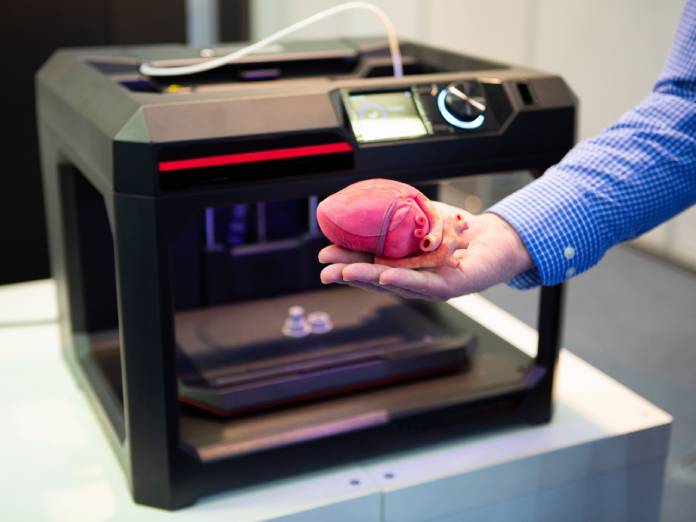3D printing is no longer just for prototyping or creating industry-specific tools. This revolutionary technology is paving its way into medicine, delivering innovations that are changing the way healthcare operates.
From personalized treatments to groundbreaking research, 3D printing has become an essential tool for doctors, researchers, and medical engineers. Here’s a closer look at some incredibly cool things 3D printers are making for medicine.
Personalized Prosthetics That Fit Like a Glove
Gone are the days of one-size-fits-all prosthetics. 3D printing has made it possible to create highly customized prosthetics and implants tailored to individuals. Using precise measurements of a patient’s body, medical professionals can design comfortable, perfectly fitting prosthetics in less time and at a lower cost than traditional methods.
For example, many children with limb differences benefit from 3D-printed prosthetics because the affordability allows for replacements as they grow. Engineers and designers can also experiment with lightweight materials and functional designs—think prosthetic hands that mechanically mimic human motion or even colorful, kid-friendly aesthetics.
Surgical Planning Models Improve Precision
Surgery requires intense preparation, especially for complex or high-stakes procedures. Enter 3D-printed surgical planning models. These models replicate a patient’s anatomy, providing surgeons with hands-on tools to prep and rehearse challenging procedures before entering the operating room.
Take heart surgery, for instance. When operating on rare congenital defects, surgeons can study a 3D replica of the patient’s heart to determine the best approach, reducing risks and improving outcomes. Hospitals increasingly rely on this practice for orthopedic, cranial, and vascular surgeries as well, which ensure precise and confident execution during procedures.
Bioprinting of Tissues Breaks New Ground
Perhaps one of the most exciting frontiers of 3D printing in medicine is bioprinting. This process involves using bio-inks, which are made from live cells to print tissues that mimic the natural structure of human tissue. Scientists and researchers leverage this technology to create everything from cartilage to small sections of organ tissue.
Although fully functional, transplantable organs are still in the experimental stage and the implications are monumental. Imagine a future where there’s no need for donor waiting lists because a liver or kidney can be printed on demand from the patient’s own cells, eliminating organ rejection risks altogether. While we’re not there yet, 3D-printed tissues are already being used to test drugs and understand diseases under conditions much closer to reality than traditional methods.
3D-Printed Pharmaceuticals Personalize Medicine
Personalized medicine has long been a goal in healthcare, and 3D-printed pharmaceuticals are bringing that vision to life. With 3D printing, drug manufacturers can create pills tailored to an individual’s needs. These custom drugs include different dosages or combine multiple active ingredients in a single pill to simplify treatment plans.
3D printing can also redesign the form of medications to improve patient compliance. For example, a pill can dissolve quicker or slower depending on the patient’s requirements. Interestingly, this also opens opportunities for dental care, as intraoral scanners work better for 3D-printed digital dentures because they provide a seamless way to produce high-quality dental prosthetics.
The innovations above showcase only a fraction of what’s possible through 3D printing in medicine. From empowering patients with personalized devices and redefining surgical precision to paving the way for bio-printed tissues, 3D printing has become a powerful force in healthcare innovation.







